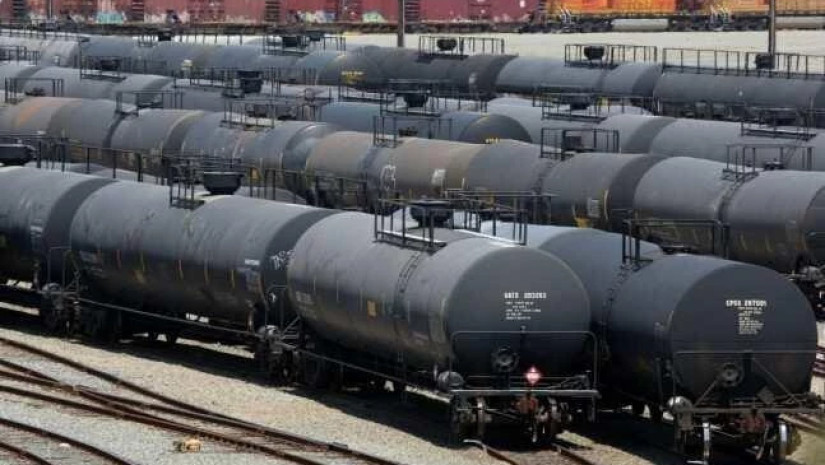Exports remained flat (-0.2% YoY) in June when expressed in USD. In EUR and GEL growth stood at 3.3% and 12.8%, respectively.
Weakening exports primarily reflect the decline in re-exports of some major categories such as copper ores (-23.8% YoY) and cigarettes (-50.6% YoY). Export commodities with relatively higher share of domestic value added like electricity (-48.1% YoY), fertilizers (-23.2% YoY) and hazelnuts (-69.8% YoY) also declined. On the balancing side, exports of ferro-alloys increased by a solid 24.2% YoY, compensating for the drop of several other categories. At the same time, re-exports of cars also posted an increase of 32.3% YoY.
In terms of regions, the increase of exports to the CIS was the major driver (+22.2% YoY). Exports to the EU slipped by 9.0% YoY, while exports to the other countries fell by a sharp 24.4% YoY.
Real export growth also moderated. When adjusted for export prices, growth came in at 3.5% YoY in June, as opposed to the 11.2% YoY increase in May and an average of around 20% growth in the first 5 months of 2019. However, as lower re-exports were the main driver of the slowdown, the impact on GDP growth may be limited. Also, a high base effect should be taken into account.
Imports of goods fell by 11.7% YoY in USD terms in June. In EUR and GEL the decline amounted to 8.6% and 0.3%, respectively. At the same time, import prices went up by 11.7%, indicating steeper fall of imports in real terms.
The decline of imports was broad-based across all major product categories. In particular, imports of capital and intermediate goods (-12.9% YoY), transport equipment (-20.1% YoY), consumer goods (-7.2% YoY) have all went down. With oil prices down by 13.2% YoY, petroleum products imports also declined (-7.2% YoY). Lower imports of capital and intermediate goods mostly reflect declined imports of copper-ores primarily destined for re-exports. In addition, construction materials also declined probably explained by the weakness in construction sector and overall relatively weak investment activity compared to the peak a year ago (see note on GDP growth).
As for the regions, imports decreased from the CIS (-25.3% YoY), the EU (-10.2% YoY) as well as from other countries (-3.8% YoY).
Relatively strong base effect together with likely weak domestic demand appears to be determining the import dynamics.
Trade balance was up by 19.2% YoY (+90.7 mln USD in absolute terms), maintaining the improvement tendency for the 8th month in a row.
Over the trailing 12 months ending in June 2019, export growth stood at 14.6% YoY, imports of goods went up by 1.7% YoY (both in USD terms) and the trade deficit narrowed by 5.3% (304 mln USD).
Source - TBC Research











